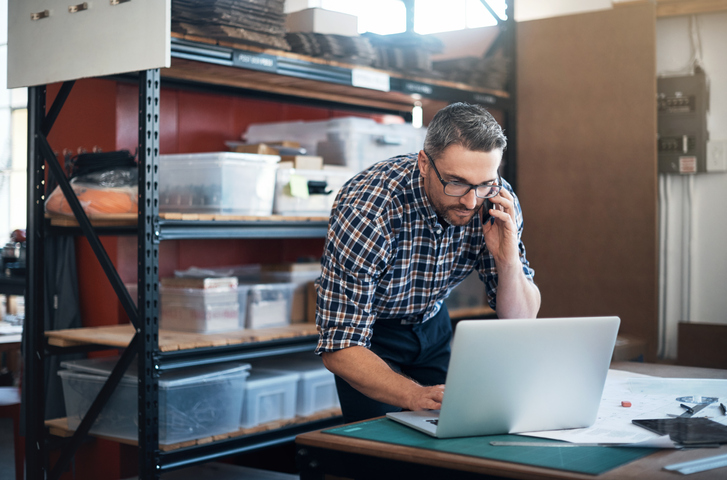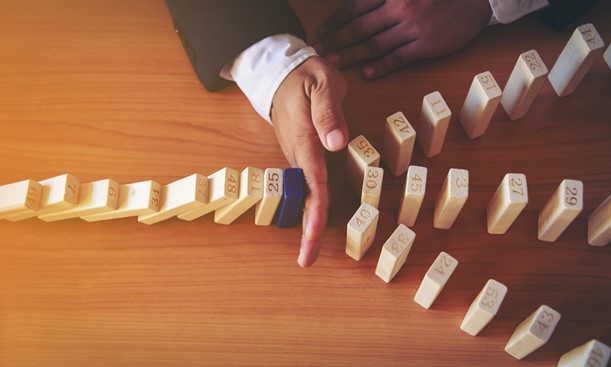More than anyone, you know just what your small business needs to operate. If you don’t have the right equipment or the inventory to serve your customers, things will come to a halt pretty quickly. When it comes to weighing cash, loans and leases to equip your business, you’ll want to choose the options that will help you maximize your business and minimize your tax obligation.
Use this quick guide to understand the pros and cons of leases, loans and lines of credit, so you can do what’s best for your business.
Should you make equipment purchases in cash?
Minimizing your debt obligations is always a worthy goal, but you don’t want that to come at the expense of your cash reserves. Without capital, you can’t hire new workers, buy inventory or cover your costs during those times when business slumps.
As a rule of thumb, small businesses typically need three months’ worth of cash on hand, but you’ll need to consider your unique needs, seasonal demands and other considerations. Work with your accountant to determine your business’s optimal level of reserves. If you need more cash, then take the loan or lease, and focus on building your stockpile.
When should a business lease equipment?
When you enter a lease agreement, you’re paying a monthly fee in exchange for the use of the equipment. The following are some of the pros and cons of leasing equipment.
- If the equipment is needed on a seasonal or temporary basis, leasing saves expense, time, liability and hassle. When you’re finished, all you have to do is bring it back.
- The low monthly installments and no requirement for a down payment make leases an attractive option for start-ups with limited capital.
- Leasing is an ideal solution for equipment that needs frequent replacing and updating. Good examples of this are copy machines, printers and desktop computers. Many leases are backed with a maintenance plan, so if something breaks, your repairs are covered.
- Lease payments are tax deductible, so you won’t have to miss out on the opportunity for tax savings. Consult a tax professional to make an informed decision based on your situation.
- Many leasing firms offer a purchase option at the end of the lease. If you’re short on capital at the start, leasing to own may be the affordable solution to your equipment needs. Be sure and talk to a tax professional to understand tax implications that come with purchase, so you can avoid a costly surprise.
When should a business take an equipment loan?
When you need equipment that will be used full-time, taking out a loan and making payments can be your best option. To qualify for an equipment loan, lenders will be looking at the following:
- A down payment, usually between 5-20%.
- Annual revenues of the business.
- Number of years in business.
- Credit score.
Since the equipment is also collateral, that simplifies the loan process.
Equipment loans allow you to spread the cost of the item over many years, freeing up capital for other needs. In fact, a government-backed loan from the Small Business Administration can give you access to longer terms and lower interest rates, making this an affordable option for a growing business. Learn more and talk to your lender to learn if your business is a good candidate for an SBA-backed loan.
Once the loan is repaid, the business gains an asset. When it’s time to upgrade, trade on the value of the asset to lower the costs of the new equipment.
Tax rules offer flexibility on claiming tax breaks. You can either claim an annual depreciation or take a tax break in the first year of the loan. You can use this option whether you purchase new or used equipment. Consult with your accountant to see which offers the best tax advantage.
You know best when it comes to equipping your business, but the specialists at Minnwest Bank are there to guide your financing options. We offer customized options and flexible terms to best meet your business needs. To get started, talk to one of our commercial bankers in your community.


